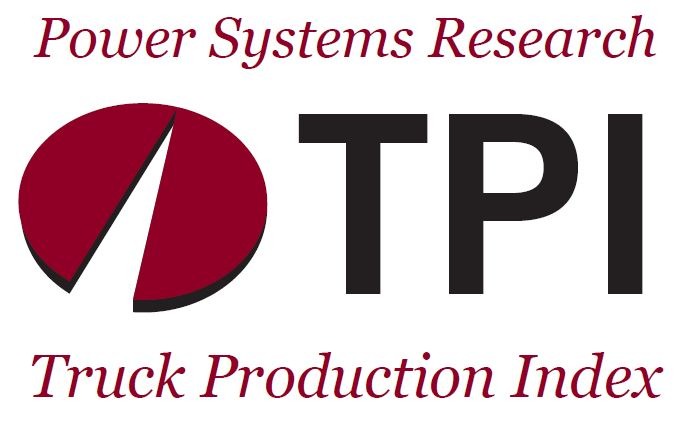Sony Unveils EV SUV, Announces Collaboration With Honda
FAR EAST: JAPAN REPORT

On March 5, the Sony Group unveiled its prototype EV “VISION-S” SUV to the public for the first time in Japan. The vehicle brings together Sony’s strengths in sensor, audio, and video technologies. On March 4, Sony announced a partnership with Honda, and the two companies will jointly develop EVs through a new company in which both companies will invest, with the aim of launching the EVs in 2025.
Following a sedan-type prototype announced in 2020, Sony unveiled an SUV at the Consumer Electronics Show (CES), a digital technology trade show held in the U.S. in January 2022.
The side mirrors will have no mirrored surfaces and will use images and data collected from nearly 40 sensors, including those in the front and rear of the vehicle, to enhance safety. The dashboard has three displays that can show movies and other content in addition to driving information. Inside the car, Sony’s audio technology is used to provide a realistic music experience.








